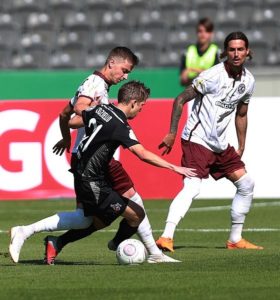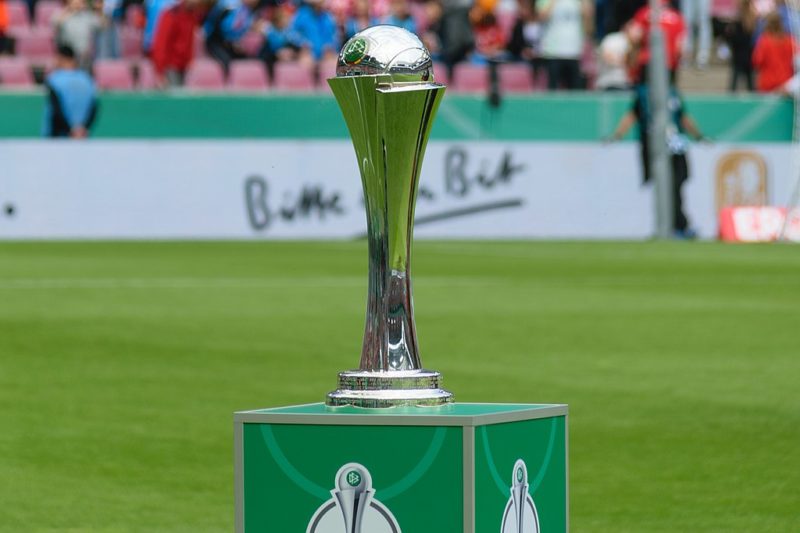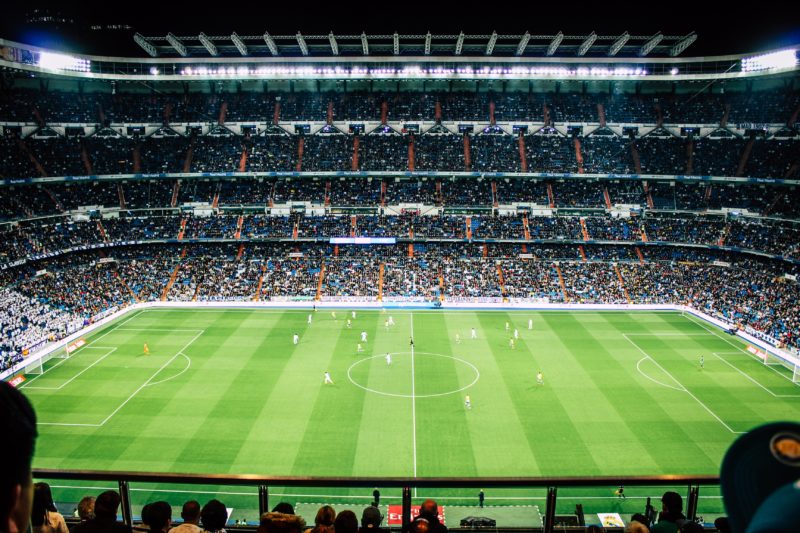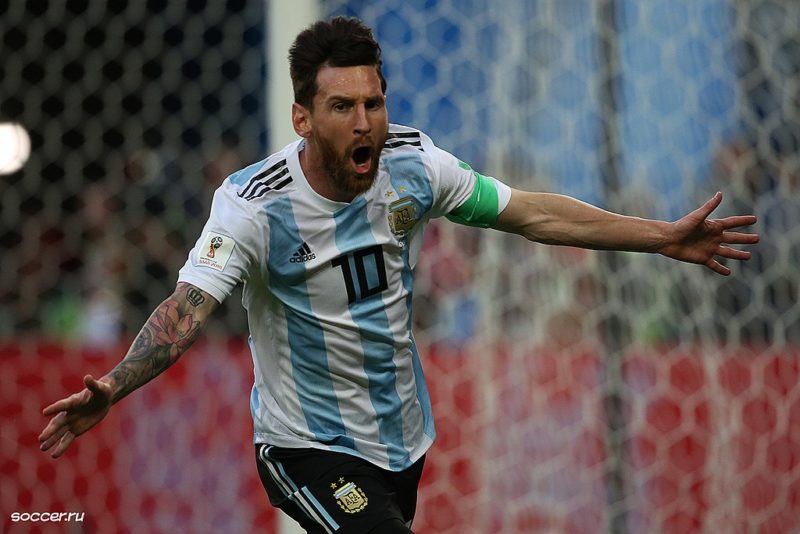There are tournaments with pretty intricate methods of determining the quality of players and teams, deciding who is worthy to compete in the final and get their chance at winning the title or cup. On the other hand, we have simple and effective knockout competitions. The German Football Association holds one of these tournaments every year and lends its name to it – Deutscher Fußball-Bund Pokal, or DFS Pokal.
The competition was started originally in 1935 when it held a different name – Tschammer-Pokal. Why the name change, what is the competition like, and who is able to participate in it? All valid questions and we will address them momentarily.
History

The tournament, as we’ve said before started in 1935, with the two best clubs at the time competing in the final. I don’t think I need to tell you the socio-political tides of the era. The full name of the competition was von Tschammer und Osten Pokal, taking its name from Hans von Tschammer und Osten, the German sports official and a Nazi. The last time this tournament was held before getting seriously rebranded was in 1943. After that, there was a decade-long break for the tournament, broken by DFS, which named it DFS Pokal and even changed the trophy because the original had too many bad memories connected with it.
Starting from the 60s, the winner of this tourney would get qualified for the now disbanded European Cup Winners’ Cup. Since 2000, however, the winners would qualify for the UEFA Cup. There is something quite interesting here regarding the qualifications. If the winners and the runner-ups have already qualified to partake in the UEFA Europa League through Bundesliga, arguably one of the best football leagues in the world, then the next best team would qualify as well.
How It’s Set Up
The starting number of teams is the whopping 64, three of which act as an invitation to the regional associations. The teams of the top three tiers of Bundesliga take up 36 spots, though tier 3 is technically not allowed to carry the name Bundesliga and there are only the top four teams that are allowed into the game. The final 21 positions are assigned to the various winners of the Verbandspokale.

The way the teams are set to fight against one another on the pitch is simple. In the first round, the teams are separated into two groups. The first group has the finest teams in the Bundesliga and the second Bundesliga. The second group features the top players from the third Liga (the third tier from before) and the amateurs. Teams from the first group are playing matches against the teams from the second group. After the first round, the second one is played out in exactly the same way, though the groups are not usually equal in size, so some teams from one group switch to the other one. The 16 teams that make it through the second round draw their opponents. The knockout format persists throughout the competition.




